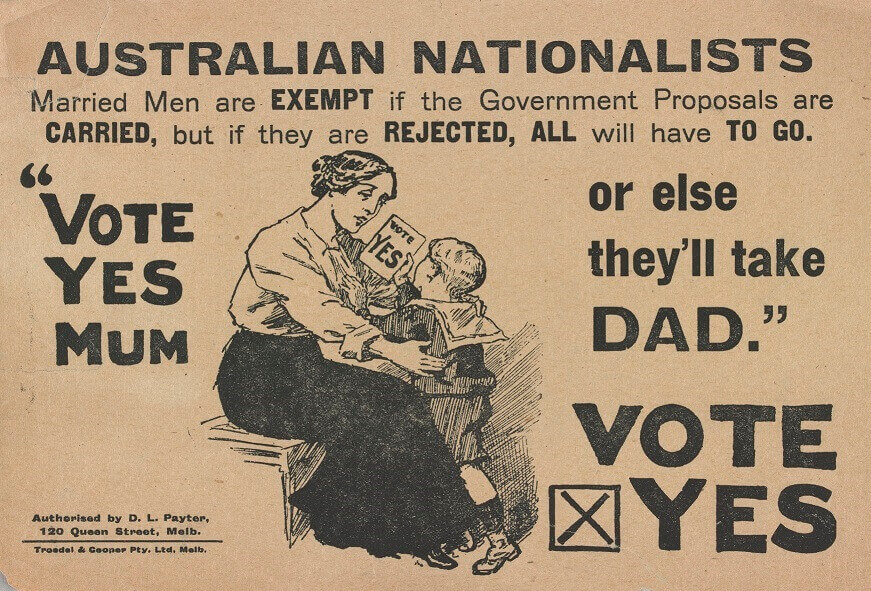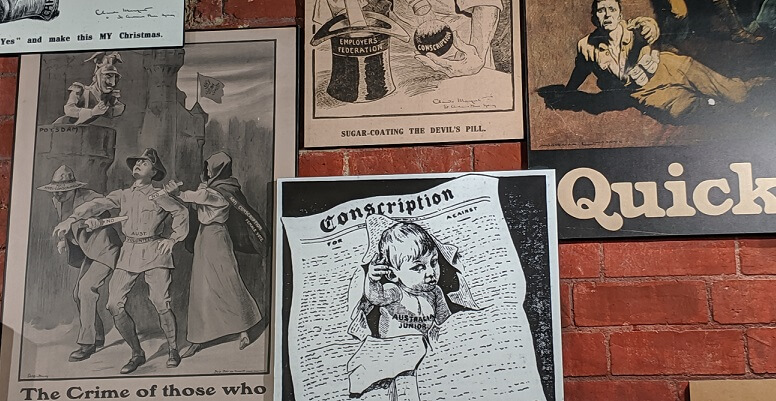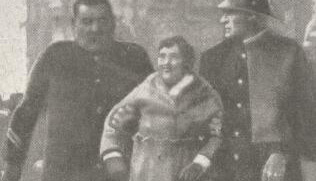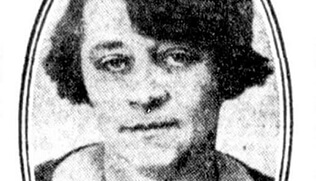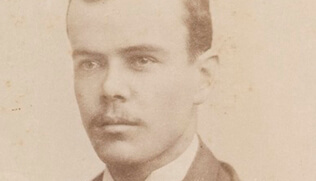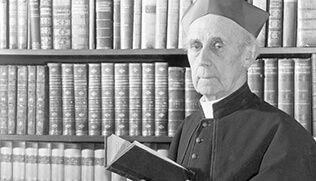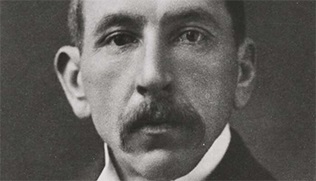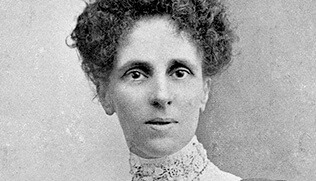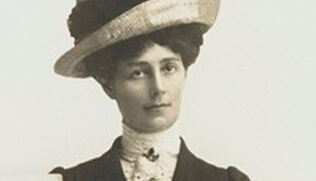In 1916 and 1917, during the darkest days of the Great War, two referendums were held asking Australians to decide whether men should be conscripted to fight overseas. The issue was hugely controversial, dividing families, communities and political parties.
Below you will find additional articles expanding on the 'A Nation Divided: The Great War and Conscription' exhibition.
Referendum or plebiscite?
The precise meaning and use of the terms 'referendum' and 'plebiscite' have varied between countries and over time.
Why were referendums held in 1916 & 1917?
It is a source of national pride that Australia fielded a volunteer army throughout World War I.
Remembering conscription in World War I – what does it have to tell us?
In commemorating the Great War, few now remember that most bitter battle on the home front - the war of

Image courtesy State Library of Victoria.
The First Conscription Referendum – 1916
The first conscription referendum was held on Saturday 28 October 1916. Australian electors were asked to answer 'Yes' or 'No'.
The second Conscription Referendum – 1917
1917 has been described as the worst year of the war, both on the battle fields and on the home ...
The case for Conscription in World War I
The case for Conscription was put most powerfully by the Australian Government, backed by almost all of the major newspapers.
The case against Conscription in World War I
The anti-conscription cause was presented by a loose coalition of groups, including labour organisations, civil libertarians and anti-war groups.
Propaganda and the conscription debate
The cartoons and pamphlets in this exhibition are presented exactly as they were produced at the time.
Women and the Conscription debate
Women played a central role in the conscription campaigns. Feminist Vida Goldstein later commented that conscription politicised Australian women more than ...
Songs and the conscription conflict in World War I
Music was an important part of cultural life in Australia during World War I. Brass bands played at recruiting events ...
The conscription debate and the Old Treasury Building
The Old Treasury Building played a small but significant role in the turmoil surrounding conscription.
Influential People
Adela Pankhurst (Walsh)
Adela Pankhurst was born in 1885, the third daughter of the famous English suffrage campaigner Emmeline Pankhurst and Richard Pankhurst, ...
Cecilia Annie John
Cecilia Annie John was a singer who campaigned actively against conscription during World War I. With Vida Goldstein she helped ...
Claude Marquet
Claude Marquet was a self-taught black and white artist, who grew up in Moonta South Australia. He worked in the ...
Daniel Mannix
Daniel Mannix, Catholic archbishop of Melbourne was a controversial figure during World War I. Although he took little part in the ...
Billy Hughes
William Morris (Billy) Hughes, was Federal Attorney General, then Prime Minister of Australia from 1915-1923. He was a strong advocate of ...
Jennie Baines
Sarah Jane (Jennie) Baines (1866-1951) was a radical feminist and socialist who was a significant force in the anti-conscription movement ...
Vida Goldstein
Vida Goldstein was a tireless and charismatic campaigner for women’s equality, universal suffrage and equal pay. In 1903 she became ...

